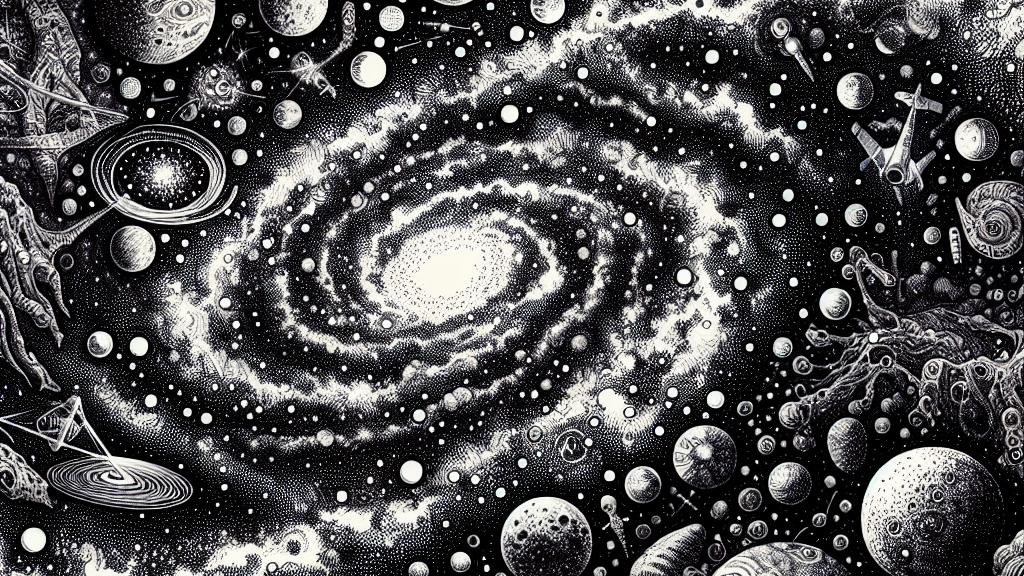Can Life Exist Beyond Planets in Space?
Overview
- Investigates the intriguing potential for life beyond planets.
- Highlights essential conditions necessary for sustaining life.
- Details groundbreaking research by U.S. and Scottish scientists.

The Quest for Extraterrestrial Life
For centuries, humanity has gazed at the night sky, wondering if we're alone in the universe. We've traditionally searched for life on planets that sit comfortably in the habitable zone, where conditions feel just right for life as we know it. However, a groundbreaking study from astronomers in the U.S. and Scotland reshapes this narrative. Could life actually thrive beyond the confines of planets? This simple question opens doors to unimaginable possibilities and urges us to rethink what we know about extraterrestrial life.
The Essential Ingredients for Life
At the heart of this exploration are two crucial elements: liquid water and a protective atmosphere that shields against harmful radiation. This notion is backed by the insightful research of Professor Robin Wordsworth from Harvard and Professor Charles Cockell from the University of Edinburgh. They suggest that while finding these conditions outside planets poses challenges, it’s not out of the realm of possibility for life to create its own environments! Think about the incredible experiments aboard the International Space Station, where resilient bacteria have survived in protective layers, demonstrating life's extraordinary adaptability and resilience.
Microorganisms: Nature's Survival Masterclass
Let’s shift gears and talk about microorganisms—the hidden champions of survival! For instance, cyanobacteria have shown an amazing ability to flourish under specific light and pressure conditions. This revelation prompts us to rethink the limits of where life could exist. Wordsworth and his team propose that life forms could utilize biological materials to construct makeshift habitats in space, reminiscent of how plants develop sturdy cell walls to withstand the elements. Imagine these microbes crafting unique shelters amidst the desolation of space; it’s a testament to life's incredible ability to adapt and endure in the most extreme environments!
Unlocking the Potential for Discovery
This thrilling research pushes boundaries, prompting us to envision extraordinary habitats in the cosmos that break from our conventional understanding. Wordsworth and Cockell emphasize that if life evolves on different trajectories, it could manifest in ways we’ve never anticipated. Consequently, rare bio-signatures—those tantalizing markers that suggest life—might be lurking in these unexpected environments. Just consider the excitement of discovering life forms in places previously thought inhospitable! The universe is more mysterious than we realize, and every new discovery might reveal something extraordinary.

Loading...